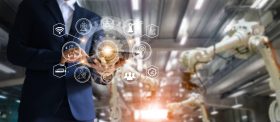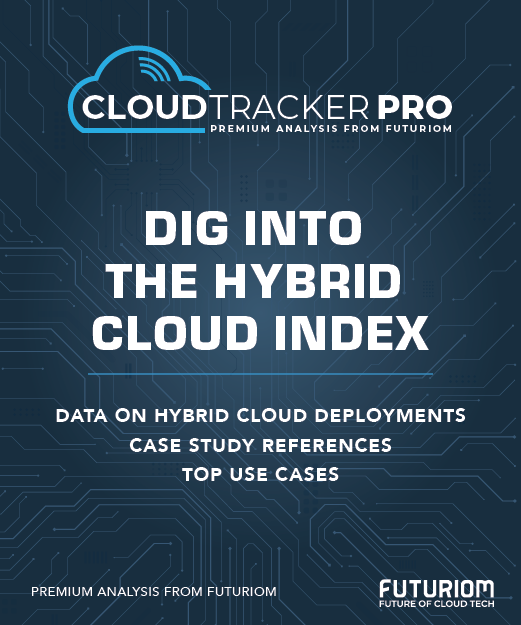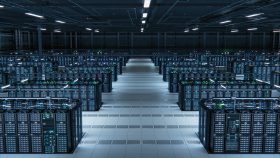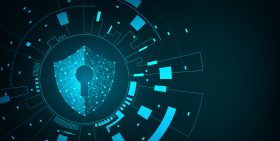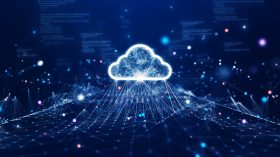Itential’s CTO Chris Wade: We Need More APIs for AIOps

You’ve heard a lot about AI, but much of the AI discussion is related to GenAI and LLMs. AI is also having a huge impact on how infrastructure can be operated, through AIOps. The question is what happens next.
The impact of AI on infrastructure could be huge. Imagine infrastructure robots around the world interpreting application code and deploying the cloud or private infrastructure that’s needed. This could be instrumental in completing the vision of platform engineering and Infrastructure as Code (IaC), which aim to bridge the gaps between infrastructure and development teams.
I recently had a discussion with Chris Wade, the CTO of Futuriom 50 company Itential, about the impact of AI on IT operations, whether that’s any kind of Ops. Wade thinks that AI is on the cusp of impacting how we think about all applications and infrastructure in general. AI and GenAI, after all, are transforming just about every industry.
Let’s dive deeper into some of Wade’s ideas and what will have to happen to see AIOps transform the infrastructure world.
Ending the Swivel Chairs
Operations teams are increasingly looking to tie together segmented pieces of technology infrastructure of the various “Ops” families. This means better integration of network operations (NetOps), security operations (SecOps), and DevOps. The goal is to merge these into NetDevOps. The Ops families also includes movements like platform engineering and IaC, which seek to tie these disciplines together in order to better automate and streamline IT operations.
In Wade’s mind, AI has enormous potential to unify operations because it can automate manual processes and smooth operations such as troubleshooting and fault detection.
The way Wade sees it, AI is changing and challenging just about every IT construct—and threatening to replace any process that is manual. This has enormous implications from a router to a sales database.
Wad told me that he belives that network management tools need to be replaced with AI logic provided by the infrastructure providers. If you make something like a switch or a firewall, you should be able to use AI to program it how to configure itself.
Wade said that in his recent discussion with practitioners at large companies, they are all pursuing this idea. They no longer want to be stuck in the mud manually provisioning or troubleshooting their infrastructure—they’d like AI to do it.
"I don't have to convince people to do automation and orchestration,” Wade told me. “I’ve come to the realization that most people are thinking about moving to a higher-level operating model.”
That higher operating model, according to Wade, means less “swivel chair operations,” in which technology managers are swiveling between various configuration and management dashboards. Many of these tasks involve processing service tickets, configuring infrastructure, or staring at monitoring screens. Nearly all of this can be automated with AI.
"They want to build a cloud operating model for infrastructure so their app teams and infrastructure teams can be decoupled."

Chris Wade, CTO of Itential. Photo by R. Scott Raynovich
Where's the Data?
So what’s stopping this? One key struggle in the infrastructure world is bringing old-world infrastructure (read, traditional on-prem resources such as switches and routers) into the new world (cloud-native infrastructure). A key challenge, as Wade sees it, is that many of the traditional infrastructure providers want to protect their information, APIs, and code. When they could be sharing more.
In one example, Wade asks why Cisco couldn’t embrace AI and offer APIs to access its Technical Assistance Center (TAC) data to create support bots and agents. This largely hasn’t happened.
"I want Cisco to create an Agent with an interface/API I can use," said Wade. “Arista and Cisco should create agents to give customers access to their best practices trained on their tickets & configs."
Just an idea—but it could be that large vendors such as Cisco are too protective of their data and platforms, because that would enable more open, multi-vendor environments.
Indeed, the lack of public data, or the release of specific code into LLMs, could be impeding the process toward AIOps, IaC, and true platform engineering. This also highlights the growing gap between the open-source, cloud-native world, where the community assumes that APIs will be open, versus the traditional infrastructure environment, where APIs are often closed. IaC tools such as HashiCorp, Pulumi, and Spacelift are being widely adopted to deploy infrastructure in cloud, but they often hit a wall when it comes to private infrastructure.
On the network infrastructure side, automation tools such as Selector, Kentik, and Itential look to bridge the gap of vendor environments by providing better ways to observe, automate, or integrate networking infrastructure. But imagine how powerful they would be if they had access to more data from the major equipment suppliers.
This, according to Wade, would cause a revolution in infrastructure automation. Imagine a world in which a relatively straightforward AI bot could read tickets coming out of ServiceNow, which typically look like, “Configure infra A for this service B,” and then configure the infrastructure on its own. End of swivel chair.
Right now, there doesn’t seem to be much evidence of this happening. If it did, you might see a new kind of infrastructure company emerge—one that played nice with IaC tools and worked equally well in both cloud-native or private enterprise environments.
Based on what I’m seeing here at Kubecon Europe on “Platform Engineering Day,” almost all the talk is about cloud-native environments. I’ve heard a lot about Amazon and Google Cloud, but nothing about Cisco switches.
The reality is that the idealized world of IaC and platform is only about 50% there. AI will transform the platform, but it needs traditional equipment vendors to take a more modernized approach to firmly take hold. Wade’s right: The traditional networking vendor community needs to think about how it can enable better operations for its customers by embracing AI.

